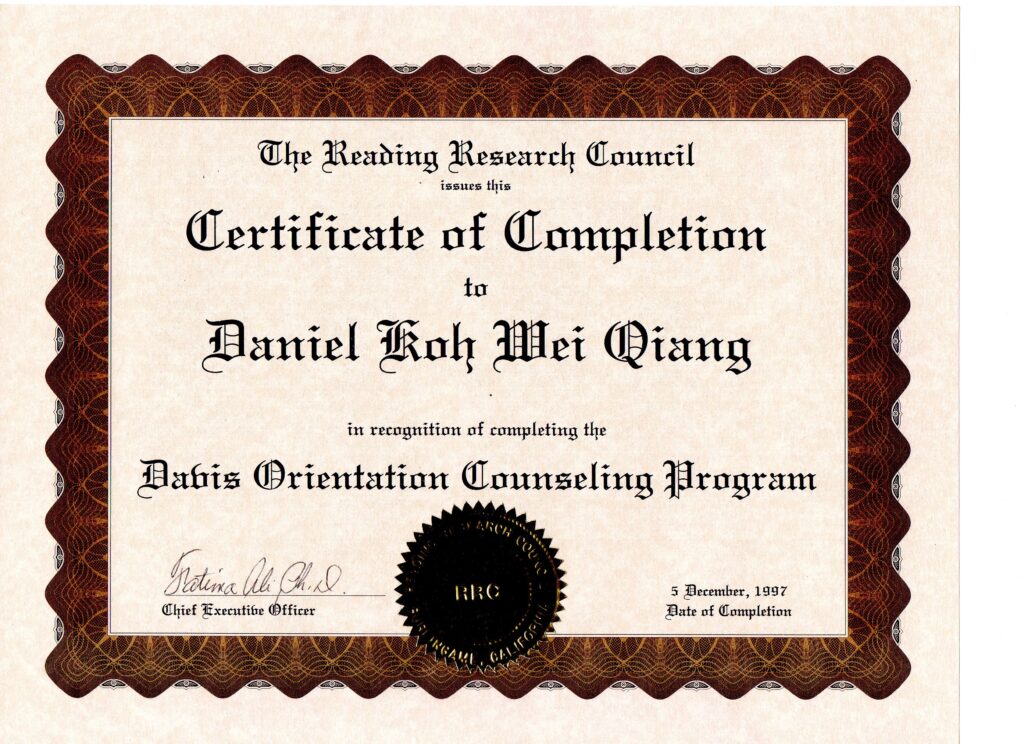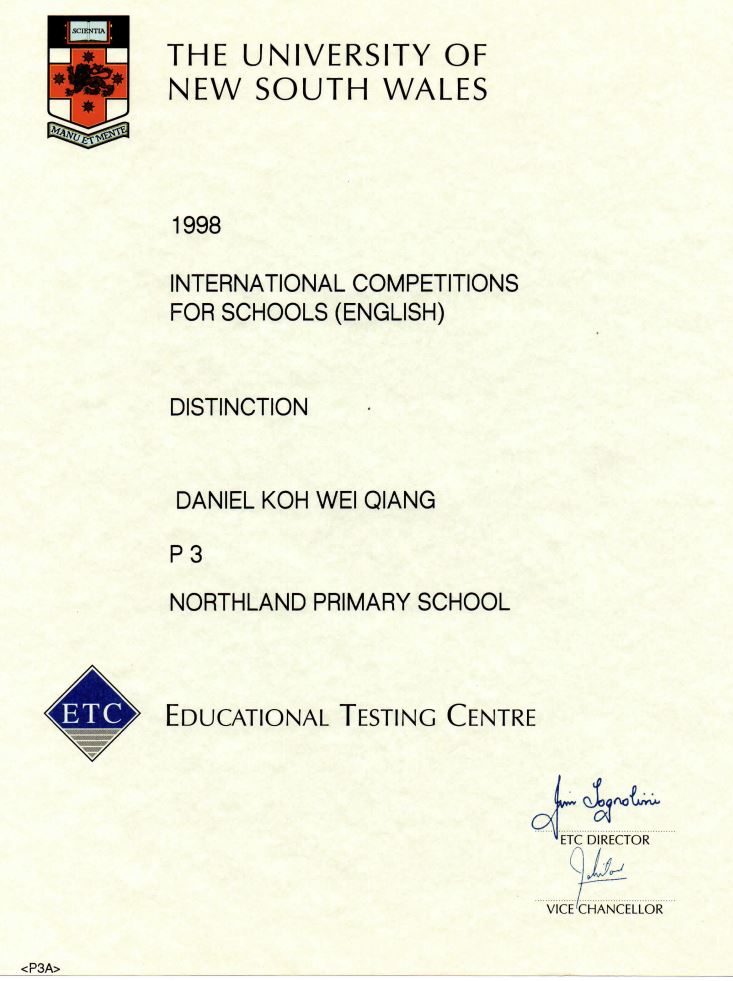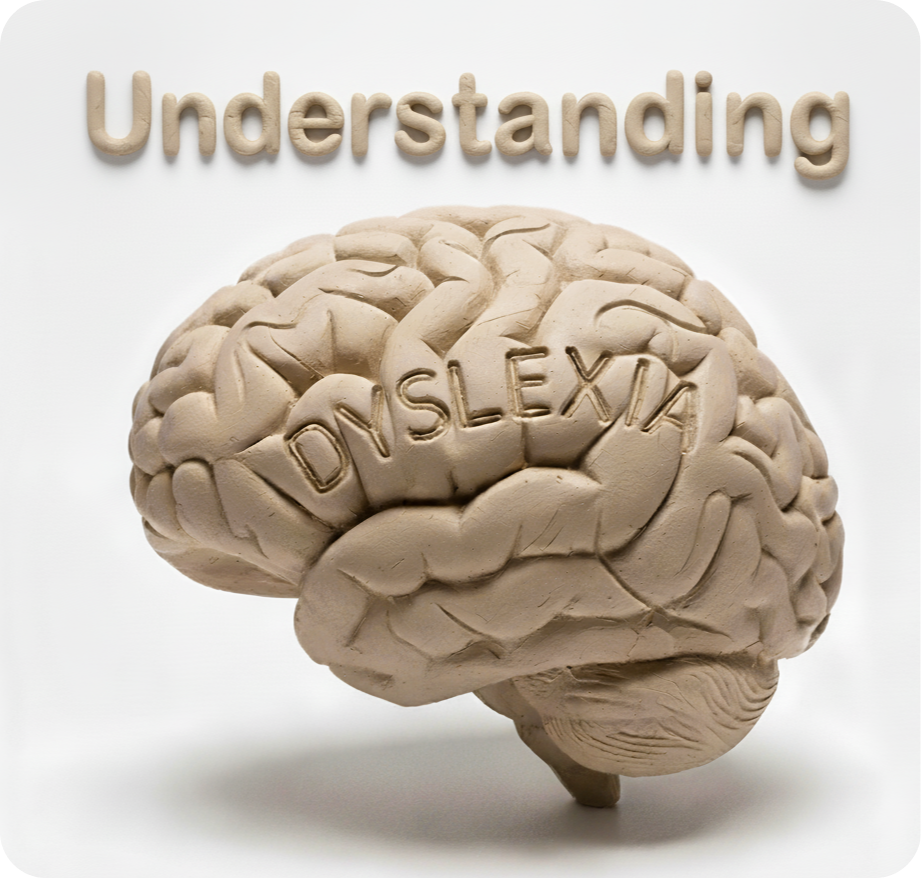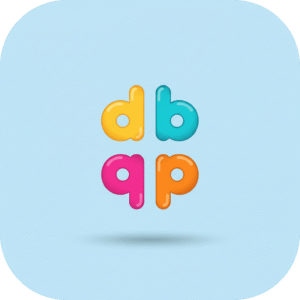What is Dyslexia?
Dyslexia is a language-based learning difference that primarily affects reading, spelling and writing skills. It is neurological in origin and not related to intelligence or effort. People with dyslexia may struggle with word recognition, decoding, and spelling — but often demonstrate strengths in creativity, problem-solving and spatial reasoning.
How Dyslexia Affects Learning
- Reading: slower and less accurate word recognition.
- Spelling: frequent spelling errors, difficulty remembering word patterns.
- Writing: slow, effortful handwriting and sentence construction.
- Comprehension: reading takes more effort, leaving less mental energy for understanding.
For children, this can mean falling behind classmates in reading and written work. For adults, it may manifest as avoiding reading/writing tasks or struggling with workplace documentation.
How Common is Dyslexia?
Prevalence varies depending on how strictly dyslexia is defined:
- Narrow definitions: 3–7% of the population.
- Broader definitions: up to 15%.
In Singapore, the Dyslexia Association of Singapore (DAS) estimates that about 10% of the school population has dyslexia, with 4% requiring intensive intervention.
Signs of Dyslexia
In Children:
- Difficulty learning letter sounds and blending words.
- Letter reversals (“b/d”, “p/q”).
- Struggles to learn spelling words.
- Avoids reading, complains of headaches when reading.
In Adults:
- Slow or effortful reading.
- Poor spelling despite good oral skills.
- Difficulty remembering names, dates, or instructions.
- Avoiding jobs or studies that require heavy reading.
How Dyslexia is Diagnosed in Singapore
- Teacher observations & school screening – Early signs picked up in class.
- Initial screening – Quick checks of phonological awareness, reading, and writing. (Not a diagnosis.)
- Formal assessment – Conducted by an educational or clinical psychologist. Involves standardised tests of cognitive, reading and writing skills.
- Why it matters – A formal report is often needed for school accommodations, exam access arrangements, or workplace support.
Evidence-Based Approaches to Support
- Structured literacy / phonics-based instruction: Strong evidence for systematic phonics.
- Multisensory methods: Engage sight, sound, touch and movement.
- Assistive technology: Text-to-speech, speech-to-text, audiobooks.
- Accommodations: Extra time, alternative formats, supportive classroom environment.
The Orton-Gillingham approach and related structured literacy programmes have the most research support. Alternative methods such as the Davis Dyslexia Programme have smaller bodies of research but has a high success rate of 97%. Families should ask providers about evidence, outcomes, and progress monitoring.
Find out more about our programmes
Dyslexia in Everyday Life
- School: struggles with spelling tests, reading aloud, completing homework.
- Workplace: difficulty with note-taking, report writing, or reading instructions quickly.
- Emotions: frustration, anxiety, or low confidence.
With the right strategies, many people with dyslexia thrive academically and professionally. Well-known innovators, entrepreneurs and artists live with dyslexia, showing it does not limit intelligence or success.
The Singapore Context
- Dyslexia Association of Singapore (DAS): Provides screening, assessments, and intervention.
- Private centres: Offer specialised programmes, including Davis Dyslexia Correction.
- Schools: May provide accommodations if a formal report is presented.
Parents should consider both DAS and private providers, and select based on fit, programme structure, and child’s needs.
Practical Tips for Parents
- Read aloud together daily — builds vocabulary and models fluency.
- Try sensory techniques — use finger to write/spell words in sand, or make words out of clay.
- Support with tech — apps like Voice Dream Reader, Grammarly, or text-to-speech.
- Encourage strengths — music, art, sports, or problem-solving.
- Stay positive — praise effort, not just results.
Case Study (Personal)
At aged 8, I struggled with reading and writing despite high verbal reasoning skills. After a formal assessment confirmed dyslexia, I attended the Davis Dyslexia Programme. Within 12 months, my reading improved by multiple grade levels and I was able to excel in English, even scoring a distinction.
This shows the value of early assessment, targeted intervention, and consistent home support.


Next Steps
If you notice possible signs of dyslexia:
- Keep a record of your child’s struggles.
- Discuss concerns with teachers.
- Arrange a screening or assessment with DAS or a private provider.
- Explore intervention options early — the earlier the support, the better the outcomes.
Still have questions?
At Mind Mechanics, we provide personalised dyslexia correction programmes that focus on both skills and confidence.
Here are some Frequently Asked Questions
👉 Book a free 15-minute consultation to discuss your child’s learning profile.
Citations:
-
- International Dyslexia Association — Definition of Dyslexia
- NHS — Symptoms of dyslexia
- Dyslexia Association of Singapore — Services
- Cleveland Clinic — Dyslexia overview
- Davis Dyslexia Association International — Research references




